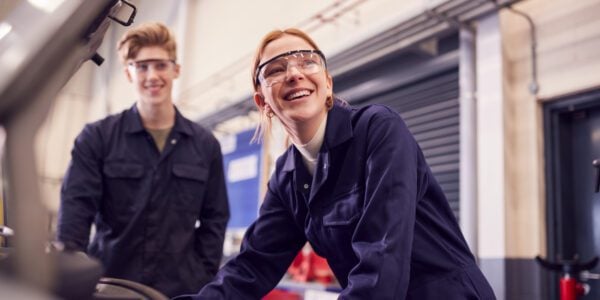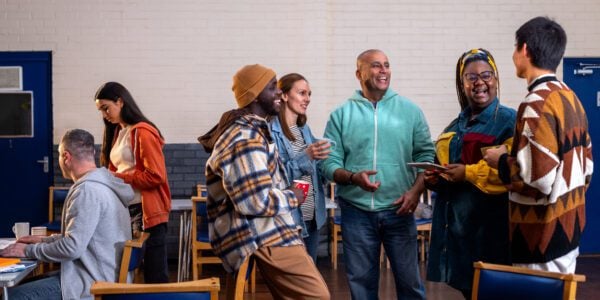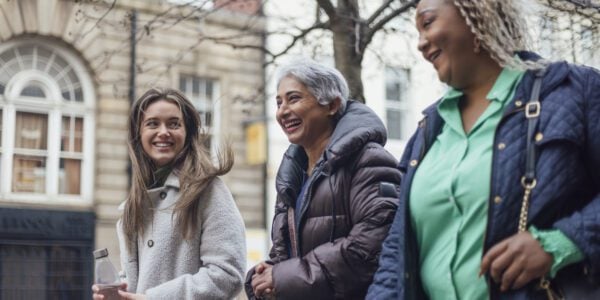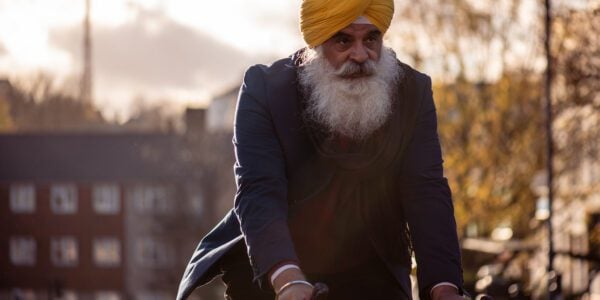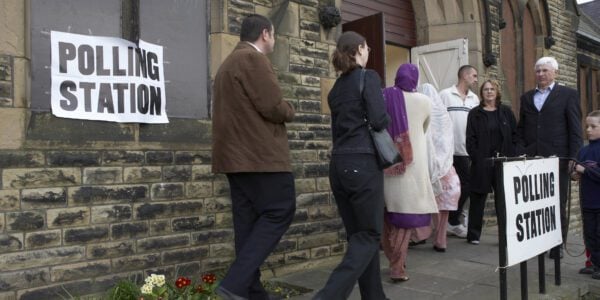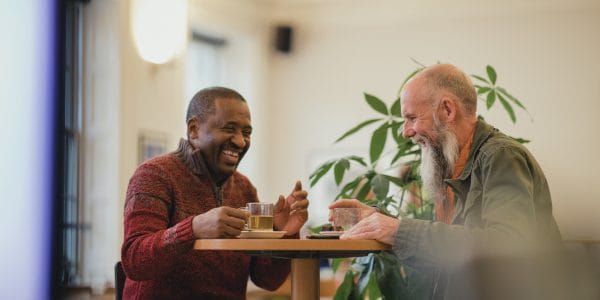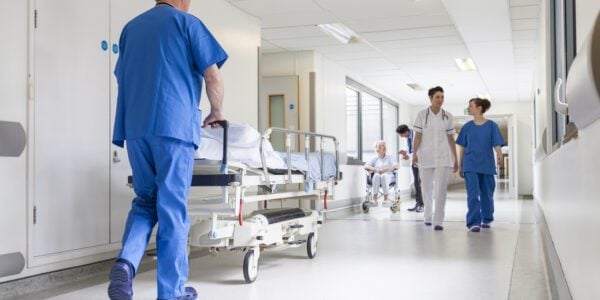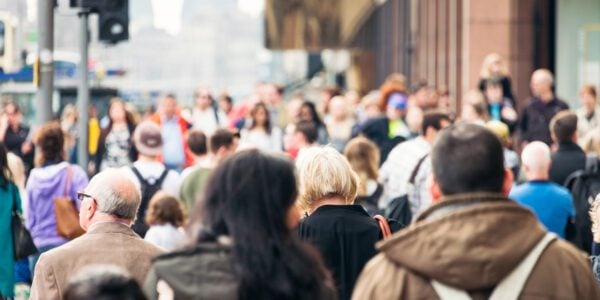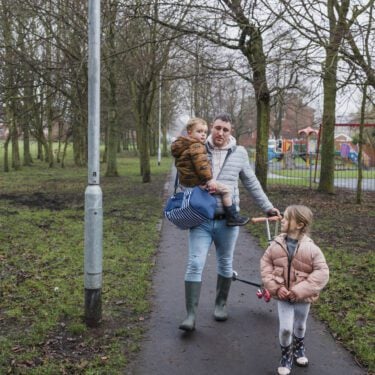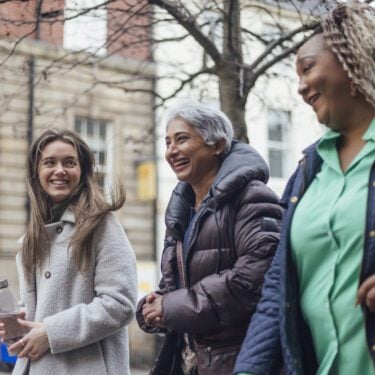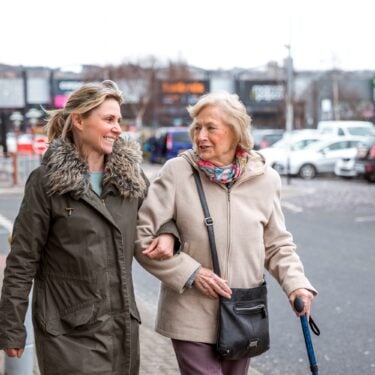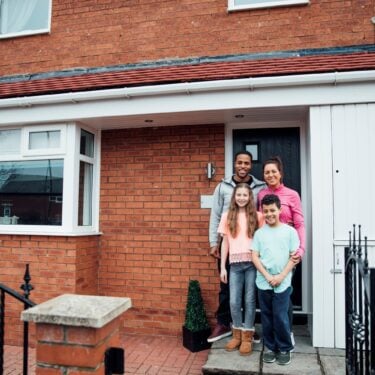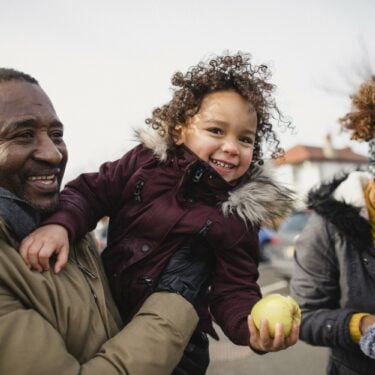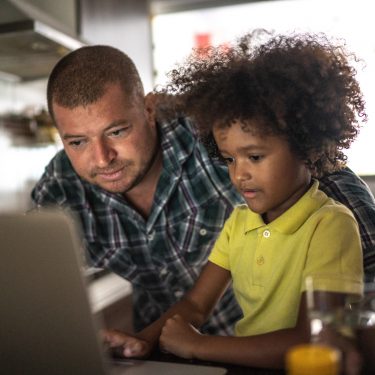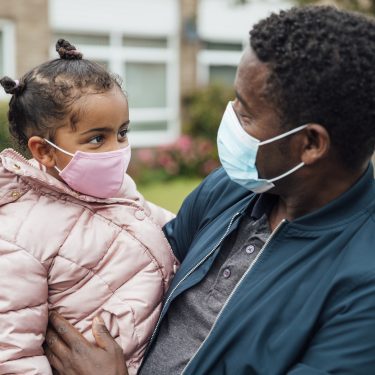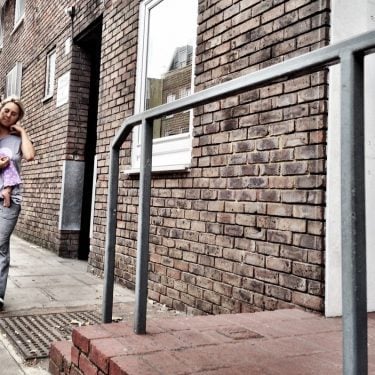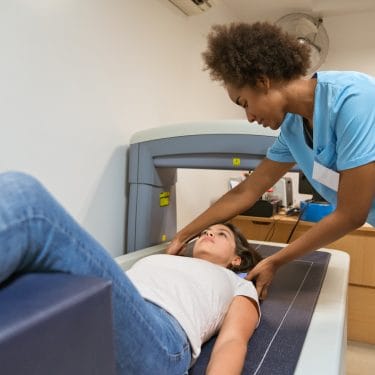Employees still make up 85% of the workforce but, over the last eight years, 39% of the growth in the workforce has come from the self employed and company owner-managers.
Some of this may be due to growth in the so-called ‘gig economy’, but that is by no means the whole story, according to analysis presented in the Nuffield-funded IFS Green Budget.
Our tax system is much less favourable to the 85% in employment than it is the 15% who work for themselves. The tax differences are small at lower earnings levels but substantial for higher earners. For example:
- At £15,000 (employer cost), tax on employees is £631 a year higher than if the income was earned by a self employed person and £818 higher than if earned by a company owner manager
- At £40,000 the differences are £3,442 and £4,502 respectively
- At £100,000 the differences are £7,365 and £8,035 respectively.
Giving lower taxes to individuals who work for themselves is costly. The Office for Budget Responsibility estimates that rapid growth in the number of small companies will cost the Exchequer an additional £3.5 billion in 2021–22, relative to a world in which the small company population and employment grew at the same rate. It is inefficient because the tax system drives people to change their behaviour – to register themselves as a company rather than work as an employee, for example. And it is unfair because two people earning the same amount for doing similar work can pay different amounts of tax.
In a new report published today, IFS researchers set out how the labour market is changing, how employees, the self-employed and company owner-managers are taxed, and how the tax treatment can be made fairer and more efficient. This forms part of the forthcoming IFS Green Budget 2017, produced in association with ICAEW and funded by the Nuffield Foundation.
Key findings include:
- The labour market is changing. Most of the 31.1 million strong workforce are still in permanent employment positions. But since 2008, a quarter of the growth in the workforce has come from the self-employed, who now number 4.0 million. In addition, the number of company owner-managers has doubled since 2008 and now stands at just under 580,000.
- Lower tax rates are not justified by fewer employment rights. Employees benefit from minimum wages, sick pay and holiday pay, for example. This has two effects. First, it makes employment more attractive to the employee (relative to self-employment). But, second, it makes it less attractive for companies to employ people as opposed to hiring a self-employed contractor. By making employment less attractive and self-employment more attractive, the tax system offsets the first effect but exacerbates the second effect.
- The self-employed get a tax advantage equal to an average of £1,240 per person per year as a result of lower National Insurance contributions relative to employees. This cannot be justified by what are now only very slight differences in benefit entitlements. The self employed pay £3 billion a year in NICs. If they were treated just the same as employees they would pay £8 billion a year.
- Company owner-managers can get even lower tax rates by taking income out of a company in the form of (more lightly taxed) dividends rather than wages. This is easy to do. Some can reduce their tax rates still further if income is retained in the company and later realised in the form of capital gains, which, for most owner-managers, attract generous entrepreneurs’ relief.
- Across-the-board lower tax rates are a poor way to boost entrepreneurship. The difficulty and risk associated with entrepreneurship do not in themselves justify favourable tax treatment. There may be other reasons we are not be producing ‘enough’ entrepreneurial activity, in which case we should consider other policies to promote entrepreneurial behaviour. But lower tax rates for certain legal forms are poorly targeted, inappropriately distort choices and create opportunities for avoidance.
- Levelling the playing field requires a two-part solution. First, the money invested in a business should be deductible from taxable income. This is important. It would ensure that investment is not discouraged and help many businesses. Second, each additional pound of income should then be taxed at overall rates that are the same for an employee, self-employed person or company owner-manager and regardless of whether it comes in the form of wages, dividends or capital gains.
Helen Miller, an associate director at the IFS and a co-author of the report, said:
“There’s a lot of very woolly thinking about how we should tax the self-employed and company owner managers relative to employees. The differences in entitlement to state benefits are now far too small to justify the lower rates given to the self-employed. And lower rates are not a good way to incentivise entrepreneurship. Changes in working patterns, including those related to the gig economy, make tackling current differences all the more important both to protect the public purse and to avoid giving incentives for big companies to treat people as self employed rather than as employees.”
Stuart Adam, a senior research economist at the IFS and a co-author of the report, said:
“The taxation of the self-employed and company owner-managers sits at the point where many different parts of the tax system meet. This makes it a tricky business because incentives are shaped by the interactions of taxes on wages, dividends, capital gains and corporate profits. Making changes to any one can be the policy equivalent of ‘whack-a-mole’; well-intentioned policies can lead to problems popping up elsewhere. To create a truly level playing field we must be bold and work towards a solution that sees the tax system for what it is: a system.”


